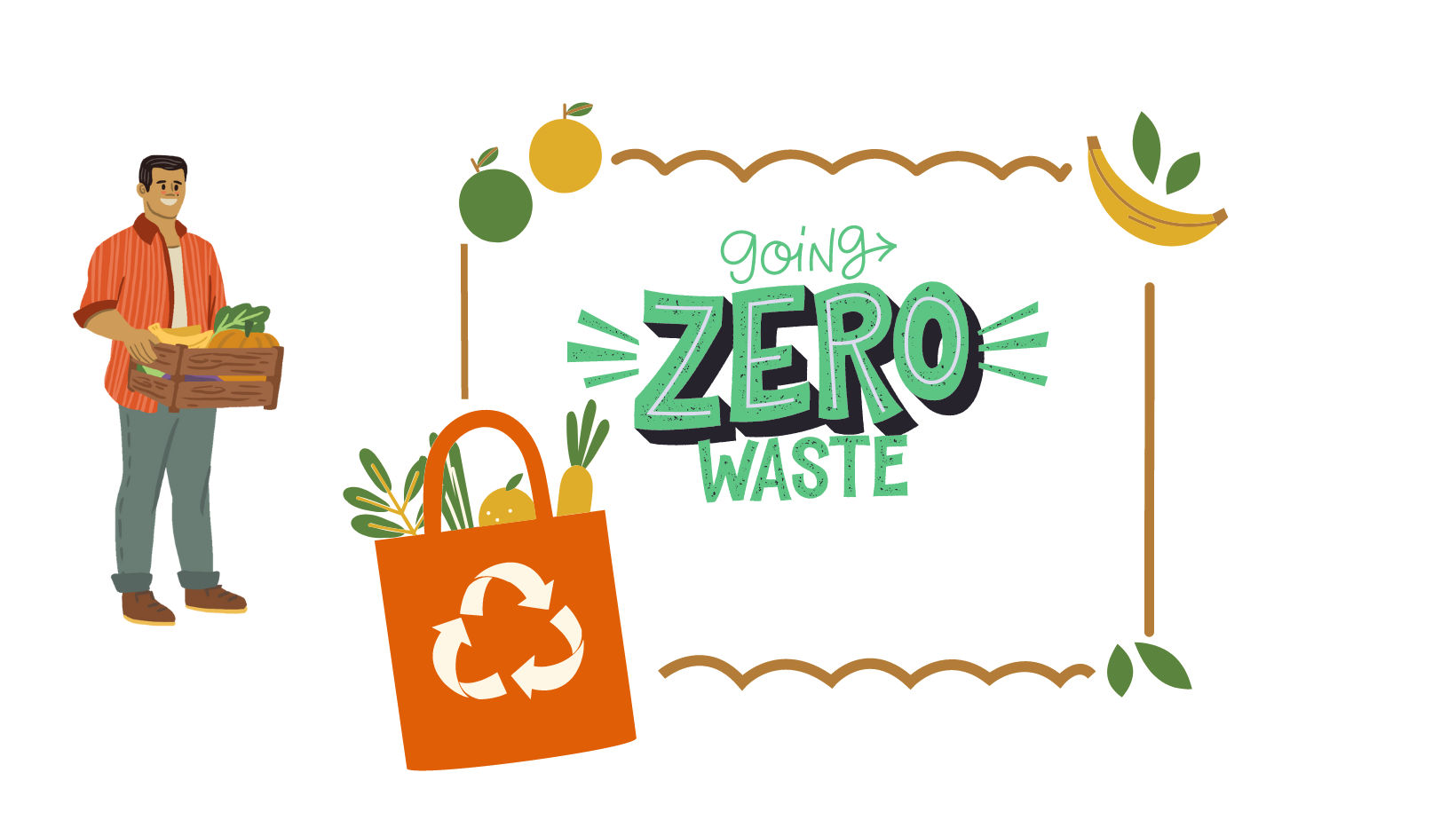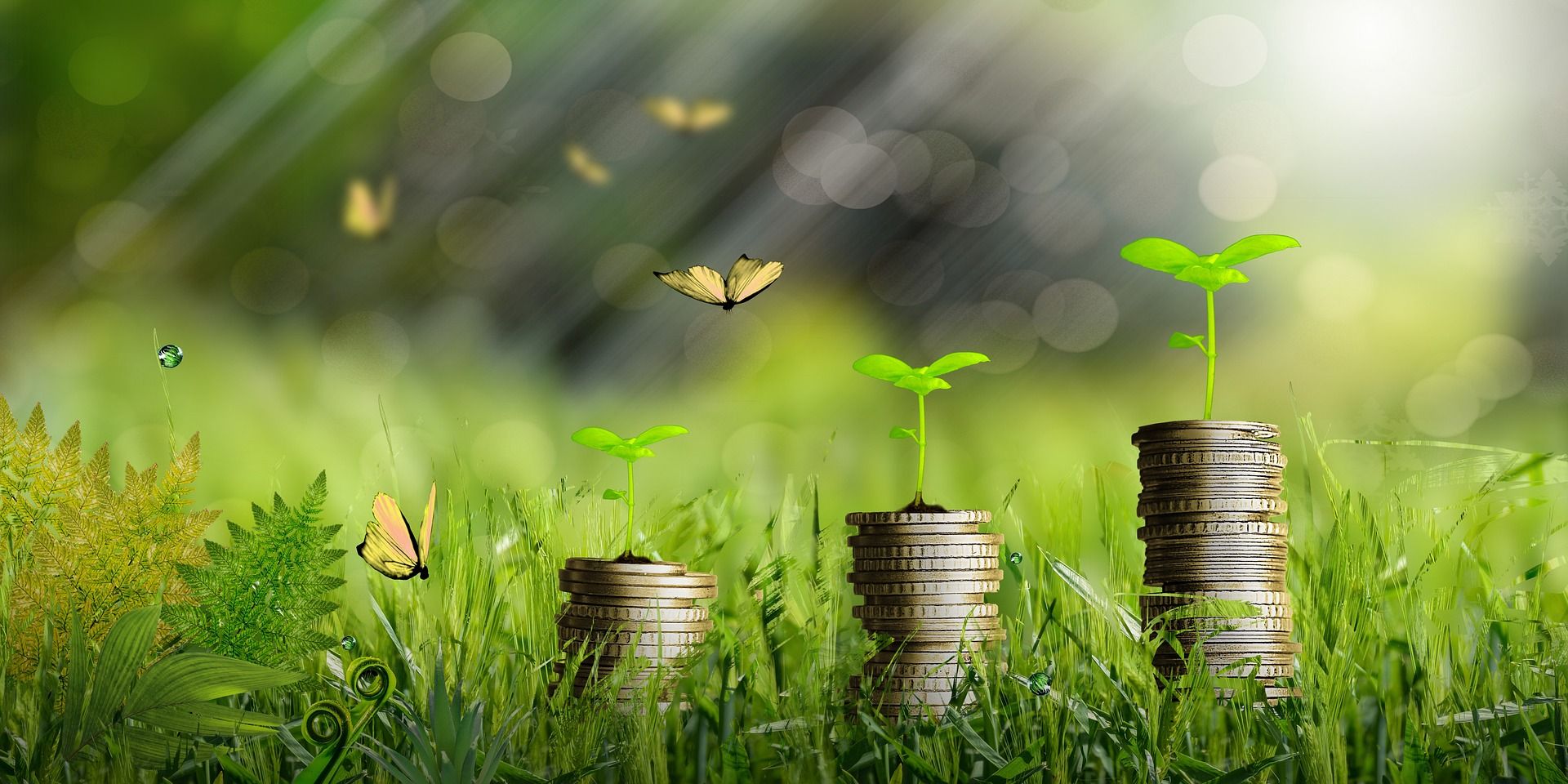What is Bagasse?
Bagasse is the dry, pulpy, fibrous waste matter left after agave, sorghum, or sugarcane stalks are crushed to extract their juice. This biowaste has been largely treated as unusable, manufacturers consequently throwing it away, leaving it to rot, or using it as fuel in their manufacturing plants.
Table of Contents
History of Bagasse Value Addition
What Makes Bagasse Briquettes Environmental Friendly?
Bagasse Disposable Food Containers As Alternatives To Plastic Food Containers in Kenya
Advantages of Bagasse Tableware
Disadvantages of Bagasse Tableware
How To Dispose Of Bagasse Tableware- Dos And Don’ts
Where To Buy Bagasse Products In Kenya
History of Bagasse Value Addition
Bagasse was originally a term used to describe debris after pressing grapes, olives, and palm nuts. This later changed to describe the waste of other processed plant materials, and it’s now used to exclusively describe sugarcane waste.
In the past, bagasse directly contributed to pollution, because people used to burn it in the fields. This happens in a linear economy, where we take resources, make products, and discard the waste instead of seeing it as a resource.
Here’s an illustration of bagasse in a linear economy where we discard waste.

Gladly, with innovation, people learned how to add value to it. For example, the industrial process to convert bagasse into paper was developed in 1937. This was the brainchild of Hacienda Paramonga, a sugar mill located on the coast of Peru.
Today, bagasse is the raw material for several ecofriendly products. This promotes a circular economy, where waste is used as raw material for several products.
Let’s see bagasse’s cycle in a circular economy:

Uses of Bagasse
- Fuel- Bagasse is mainly used as a source of fuel for sugar mills. Others extend the use further into cogeneration, producing both heat energy and electricity that’s sold to the electrical grid.
- Pulp and Paper Production- Bagasse is a great alternative for wood to produce items such as boxes, tissue products, paper for generic printing, and newspapers. This is popular in countries such as Iran, India, Argentina, China, Thailand, and Colombia
- Board Production- It is a good substitute for plywood, making Xanita /bagasse board that is used for making furniture and partitions
A South African Company, Xanita, mixes recycled kraft paper fiber with 30% bagasse cellulose fibers to make composite boards. These ultra-lightweight boards are great alternatives to particle board and MDF as they are formaldehyde-free and are environmentally friendly!
- Nanocellulose- Bagasse can produce nanocellulose to help innovate even higher value products.
- Human consumption- Processed bagasse is added to human food as a sugarcane fiber for intestinal regularity. Reportedly, bagasse is a good source of cerotic and lignoceric acids.
- Cattle feed- Scientists around the globe are looking for ways to make bagasse easily digestible and improve its nutritional quality to produce quality animal feed. The sugar industry already produces feed-grade molasses. Let’s see how bagasse value addition will go.
- Bagasse tableware- Bagasse tableware offer a good alternative for people who still need access to disposables, offering ecofriendly packaging solutions for the Kenyan market.
Is Bagasse Sustainable?
Bagasse is sustainable.
Here’s why:
Sugarcane, the source of bagasse, is an extremely fast and annually renewable resource, making bagasse renewable and sustainable.
Bagasse products production doesn’t require any cutting of trees, leaving our forests intact. Bagasse products are also completely biodegradable and compostable and can break down in about 3 months under the right conditions.
How Bagasse Is Used In Kenya
Every 10 tons of sugarcane crushed results in about three tones of wet bagasse. This means that a country’s quantity of bagasse produced is directly proportional to the quantity of sugarcane milled.
Kenya’s 12 sugar mills generate approximately 2.4 million tons of bagasse annually. This is sadly underutilized, as 75% of bagasse goes to waste after companies use only 25% for internal heat production.
Some sugar companies have had a brush with the law for dumping bagasse into the environment. In 2015, for instance, the National Environment Management Authority (NEMA) ordered the closure of a bagasse dumpsite in Musali, Kakamega County.
Gladly, there have been efforts to add value to this waste product.
Bagasse Briquettes

Bagasse briquettes are the main products Kenya manufactures from bagasse. Companies like Eco2librium in Kakamega are using sugarcane waste to produce charcoal (briquettes).
Tamuwa Limited is another company in the bagasse value chain. Based in Kibos, Kisumu County, Tamuwa Limited recycles bagasse to produce bagasse pellets and briquettes. It reportedly can produce about 20,000 briquettes annually.
Bagasse briquettes are helping ease the pressure on our forest resources by offering an alternative source of charcoal.
Manufacturers in the timber industry are also using bagasse to add value to their sawdust, creating a bagasse-sawdust blend.
This is reportedly better than a pure bagasse blend because:
- It contributes to the circularity of the timber industry
- It is energy efficient. 400g of these briquettes are equal to 1 ton of firewood
- It is friendlier to machines, preventing breakdowns. When manufacturing, a pure bagasse blend breaks down to “clinker”, a material with the same feel as cement. This corrodes machines. Bagasse ash is now considered as a potential cement-replacing material, because of this aspect.
What Makes Bagasse Briquettes Environmental Friendly?
The United Nations Framework Convention on Climate Change (UNFCCC) classifies bagasse briquettes as carbon neutral due to their low ash content, high calorific value, and low moisture content.
Bagasse Paper
In 2011, Raju Chatte of Kibos Sugar and Allied Industries Limited said that the company had invested more than $14 million to start producing paper from sugarcane waste. Kibos Sugar planned to buy over 480,000 tons of sugarcane waste from individuals and farmers annually. This made Kenya the only country in Eastern and Central Africa producing paper from bagasse.
NEMA has licensed papermaking from bagasse, bolstering efforts to reduce pressure on forests for their products. Investors should find ways to venture into green manufacturing and improve Kenya’s bagasse value addition.
If you know any other Kenyan companies adding value to bagasse, be sure to let us know in the comments section.
Bagasse Disposable Food Containers As Alternatives To Plastic Food Containers in Kenya

Bagasse waste is also used to make ecofriendly disposable food containers in Kenya such as plates, trays, cups, cup holders, and food containers, among others. This serves the need for ecofriendly alternatives to existent plastic food packaging in Kenya.
Advantages of Bagasse Tableware
- Sturdier than paper products
- Convenient because it is disposable
- Waterproof
- Oil-proof
- Biodegradable and compostable (90 days in commercial composting facilities). It can also be home composted as long as you shred it and use proper composting measures
- Aesthetic
- Freezer-safe
- No plastic or wax lining
- Microwave-safe
- Suitable for hot (up to 90 degrees Celsius)/ cold foods
- Chlorine-free
Note: Bagasse products in their original color don’t have chlorine. White bagasse products are, however, bleached through a process that uses chlorine dioxide, which does not generate dioxins. Bleaching with elemental chlorine, on the other hand, generates dioxins which are bad for human health.
- Better than plastic (petroleum-based and a menace to the environment), Styrofoam (petroleum-based), and paper (not as sturdy, the lining that makes it water-proof is plastic-polyethylene, although other manufacturers use wax and they are a bit difficult to recycle)
- Manufacture of bagasse products uses less energy and water than the manufacture of plastic products, directly helping to reduce pollution and energy consumption
Disadvantages of Bagasse Tableware
- Compared to traditional packaging options- paper and Styrofoam, bagasse is a bit expensive
- Exposure to dust when processing bagasse can cause pulmonary fibrosis, a chronic lung condition specifically known as bagassosis. Manufacturers should, therefore, adhere to The Occupational Safety And Health Act and provide necessary Personal Protective Equipment (PPE) to employees.
- Bagasse is a natural product, making it bound to sweat.
How To Dispose Of Bagasse Tableware- Dos And Don’ts
- DON’T carelessly dispose of any bagasse products just because they are biodegradable and compostable. Dispose of them in your home compost bin or send them to a commercial composter. It is said that bagasse will decompose at a landfill, but we discourage this practice.
Why?
Because landfills are usually overcrowded, the decomposition process takes longer, releasing Landfill gas (LFG). LFG consists of 50% carbon dioxide (CO2) and 50% methane gas, a greenhouse gas 28-36 times more potent than CO2.
Globally, landfills are the third-largest anthropogenic source of methane gas (about 11%), further necessitating efforts to reduce the amount of waste sent to landfills.
So, what are the dos and don’ts of composting bagasse?
- DO have a clearly marked bin for compositing purposes that people can dispose of the tableware after use
- DON’T add too many bagasse products in your compost pile as they could destroy the balance.
- DO break the bagasse products into smaller pieces before adding them into your compost pile, to increase the speed of the composting process.
- DO make sure that there are no items left on the bagasse tableware that are unsuitable for composting. For example, metal cutlery which won’t compost, and fish, meat, eggs, dairy products, fats, and grease, which will only attract pests and introduce odor problems.
Who Needs Bagasse Tableware?
- Event planners for greening their events
- Picnic lovers
- Restaurants and pubs
- Churches
- Party hosts
- Campers
- Barbecue hosts
- Food trucks
Where To Buy Bagasse Products In Kenya
County governments are fighting plastic pollution in Kenya, and Nairobi City County has gone a step further, aiming to ban plastic food containers through the proposed Plastic Control (Amendment) Bill 2021.
Bagasse food containers are an alternative. Please visit our shop today to get a wide range of bagasse tableware including plates, bowls, cups, trays, takeout containers, and lunch boxes
*Don’t Be Mean. Be Green*




















